#francis I
Explore tagged Tumblr posts
Text

get ts crap outta my face man
#napoleon#napoleonic era#napoleon bonaparte#tsar alexander i#frederick william iii#francis i#fanart#is this how my art career gonna take#actually i might be into it#kiss the cook
493 notes
·
View notes
Text

#henri grobet#art#histoire de france#french#france#history#flags#europe#european#medieval#middle ages#napoleonic#franks#frankish#gauls#gallic#charlemagne#napoleon bonaparte#napoléon bonaparte#louis xiv#francis i#vercingetorix#saint louis#philip augustus#louis xi#mediaeval
48 notes
·
View notes
Text




“Seid tapfer, Männer!”
“Mi?”
“Sta?”
“Che cosa?”
“Co?”
-An Austrian officer trying to command his multiethnic division.
Just a few scenes of battle of various divisions and their conflicts from Austrian Grenadiers and Infantry 1788-1816.
I found a great source on Guard selection in the Russian imperial army, like height and appearance, but it’s in French and hard to rip off the internet so I gotta brush up on both.
#napoleonic era#napoleonic wars#Austria#francis i#francis ii#military art#napoleon#history#1800s#military#soldier
22 notes
·
View notes
Text
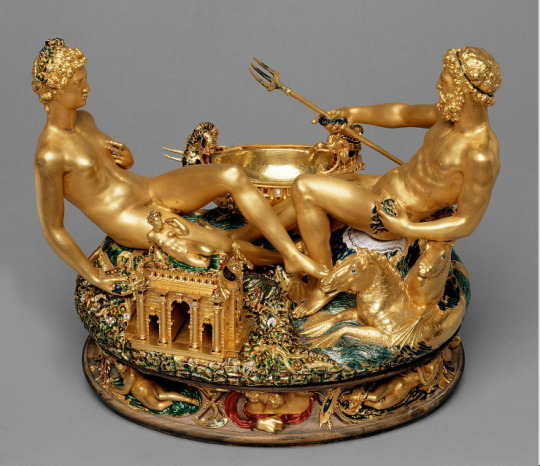



Cellini's Saliera, Benvenuto Cellini, 1543
#art history#art#italian art#aesthethic#ancient greece#greek mythology#saliera#benvenuto cellini#salt cellar#francis i#jewellery#goldworking#artisan#kunsthistorisches museum#gaia#neptune#poseidon#earth#sea#salt#pepper#16th century#treasure
123 notes
·
View notes
Text
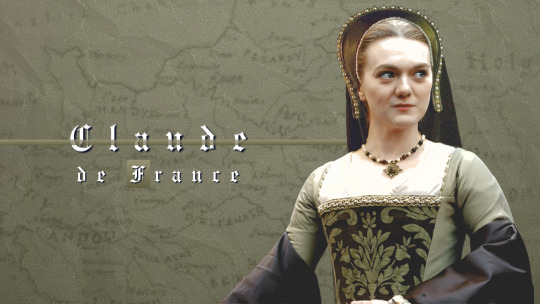
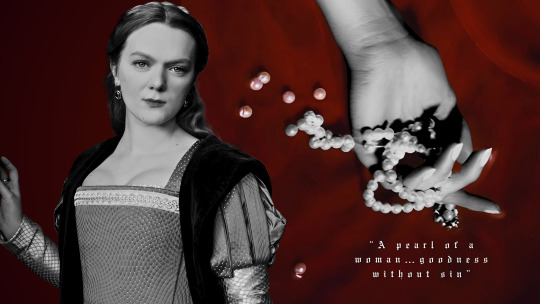
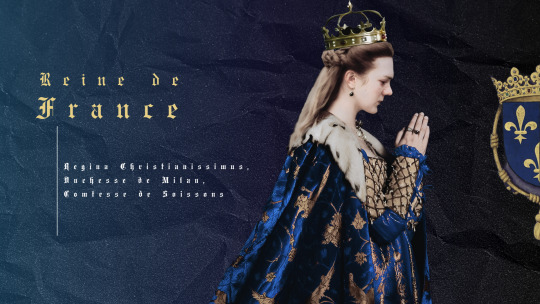
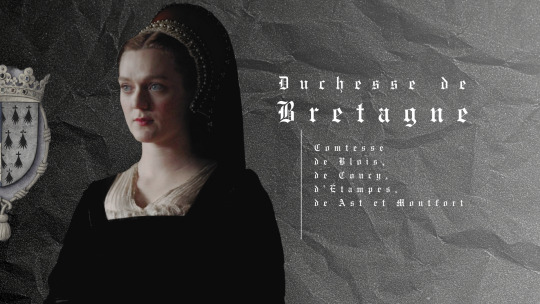
Claude da França, primeira esposa e rainha consorte do rei François I.
72 notes
·
View notes
Text
Every time I read about King Francis I, I think of APH France and I really mean it. His chivalry, magnetism, and daring are truly phenomenal.

Bonus: Carlos V couldn't stand Francis I's cunning personality (their beef should be made into a telenovela), but he could hardly deny that Francis I was an... hmm well... truly remarkable man 😂

📖: ''Francis in All His Glory'' by Burke Wilkinson
#I have a... passion for King Francis I 😭#also he is REALLY handsome 🫣#François Ier de France#Francis I#Carlos I de España#Carlos V#aph france#aph#hetalia#history of france
16 notes
·
View notes
Text
[Anne de Pisseleu] has almost entirely disappeared from historical accounts. Francis is generally considered the strongest and most impressive French Renaissance king. To acknowledge Anne’s political power would diminish his reputation. But for errors of political judgment in his waning years, Anne has [often] been blamed.
Kathleen Wellman, Queens and Mistresses in Renaissance France / Tracy Adams, Queens, Regents, Mistresses: Reflections on Extracting Elite Women’s Stories from Medieval and Early Modern French Narrative Sources
"The Duchess of Étampes [Anne de Pisseleu] has been characterized over the centuries in reflexively misogynistic terms, and traces of the misogyny remain despite the scholarship of David Potter and Francis Nawracki demonstrating that that she was a central political figure during the last years of the reign of François I. She is described, for example, as “undoubtedly a detestable person, capricious, arrogant, taking advantage of her powers as favorite of a feeble, aged king,” and as “the duchess, insolent, capricious,” who “made sure that no one was unaware of the power that she held over [the king].” She was at “the heart of much in-fighting at court,” and she was “fickle.” Charges of greed and vainglory persist, as well: “Combining intelligence with beauty, she was also ambitious and grasping.” The reputation of Diane de Poitiers among historians has been different. She was much reviled immediately after her death, but, by the nineteenth century, she had been embraced as a romantic icon, and, ever since, she has been treated with sympathy or curiosity—the story that she ingested gold to preserve her beauty has garnered considerable interest in the popular press over the past few years—in recent biographies."
#historicwomendaily#anne de pisseleu#ie: her negative historiography of both vilification and diminishment#which has also been the case for historical women like Elizabeth Woodville (I'm writing a post about this) and Mah Chuchak Begum#I would argue that they get the worst of both worlds#french history#Francis I#16th century#diane de poitiers#my post#queue
33 notes
·
View notes
Text




Princess Mary and Francis I of France
It seems almost unbelievable that Henry VIII seriously considered giving his daughter to the French King. She was only eleven years old, and when the French ambassadors saw her in the spring of 1527, they concluded that she was “so thin, spare and small as to make it impossible for her to be married for the next three years”. Louise of Savoy, sensing that the marriage proposal might have been a trap to keep Francis out of the imperial alliance, suggested a solution that even the English ambassadors found shocking. If anyone believed that Princess Mary was too young to be married to the man twenty-two years her senior, Louise saw no danger because “she herself was married at eleven”. She suggested that Francis I and Henry VIII should meet in Calais, where the marriage between her son and the English King’s daughter should be solemnized. After the ceremony, Francis and Mary should consummate their match to ensure its validity; it didn’t have to be a long consummation, it sufficed that Francis might “abide himself for an hour or less with the princess”. Louise assured that her son was “a man of honour and discretion and would use no violence”. This, Louise claimed, would be means of assuring that Francis was legally married to the English princess and Henry VIII could take her back to England “unto such time as she should be thought more able”. The English ambassadors thought the proposal “very strange” and, indeed, such proceedings were unheard of even in the sixteenth century.
Princess Mary, small and undeveloped for her age, was probably not menstruating and thus wasn’t a fully grown woman in the eyes of her contemporaries. Although girls were allowed to marry at the age of twelve, sexual intercourse was advised to take place when a girl reached her sixteenth birthday. It stemmed from the belief that between twelve and sixteen, a girl was too young and too fragile to survive the perils of pregnancy and childbirth. Henry VIII’s grandmother, Margaret Beaufort, was the best example of what happened to a girl when her marriage was consummated too early. She gave birth when she was only thirteen years old, and this traumatic experience left her damaged and unable to have more children by her successive husbands. Bishop Fisher, Margaret’s friend and admirer, marvelled: “It seemed a miracle that of so little a personage anyone should have been born at all”. Margaret had certainly believed so as well because many years later she ensured that her young and fragile granddaughter, Margaret Tudor, was not sent to be married to the King of Scotland too early, lest her much older husband would not wait for her to mature “but injure her, and endanger her health”. She would have certainly felt the same way about Princess Mary, who, like her grandmother and aunt, was small for her age.
Princess Mary would have reached her twelfth birthday (the age of consent) on 18 February 1528, more than a year after the proposed consummation, and even this would not mean that she was able to have intercourse. Indeed, the English ambassadors who thought this proposal was outrageous were loath even to put it in writing. Needless to say that Henry VIII rejected it immediately, arguing that his daughter “was of tender age and there was plenty of time to talk about marrying her”.
Sylvia Barbara Soberton, Golden Age Ladies: Women Who Shaped the Courts of Henry VIII and Francis I
50 notes
·
View notes
Text
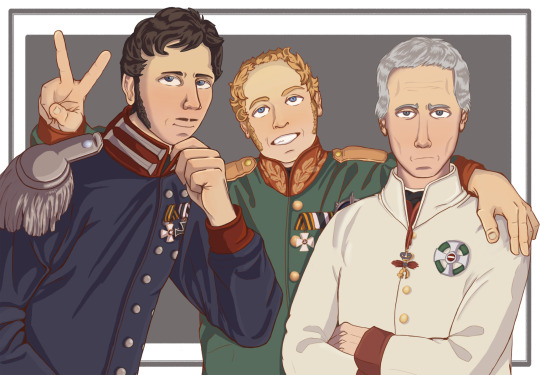
Kinda wish there were more random anecdotes about these three during the campaigns of the 6th coalition war. Seems to me that they would have had a weird dynamic; you have one guy too shy to speak in grammatically correct sentences, one charismatic idealist and one guy who always seems 110% done with everything.
#napoleonic wars#napoleonic era#Alexander I#Frederick William III#Friedrich Wilhelm III#Francis I#Franz I#russia#prussia#austria#coalition wars#alexander i of russia#tsar alexander i#my art
164 notes
·
View notes
Text

Duke Franz Stephan I of Lorraine (1708-1765)
Artist: Johann Zoffany (German, 1733–1810)
Genre: Portrait
Date: 1766-1767
Medium: Oil on canvas
Collection: Kunsthistorisches Museum, Vienna, Austria
Description
Emperor Franz I Stephan, husband of Maria Theresa, appears here surrounded by objects that demonstrate his scientific and artistic interests: a telescope, an armillary sphere, shells, fossils and sawfish bones; a violin lies on open sheet music on an open coin cabinet; he holds a coin in his hands. The portrait was created after the death of Franz I Stephan and is based on portraits by the court painter Martin van Meytens. Nevertheless, Zoffani completely reshaped the late Baroque decorative models in the spirit of a new early classicist portrait ideal.
#portrait#full length#oil on canvas#painting#man#standing#emperor franz#francis i#holy roman emperor#telescope#armillary sphere#shells#fossils#sawfish bones#violin#sheet music#coin cabinet#costume#desk#interior#classicism#johann zoffany#german painter#18th century painting#european art#artwork
10 notes
·
View notes
Text
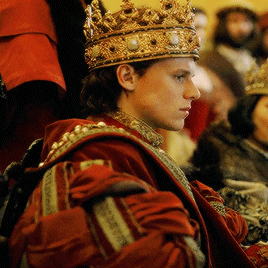


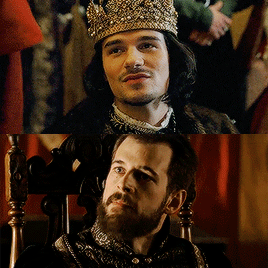
TUDOR WEEK 2023: Day 1: Favourite Tudor Rivalry
Henry VIII of England, Charles V, Francis I of France
'Despite appearances, [Henry VIII] had never really taken to Francis—who offered, apart from anything else, too much serious competition. For Charles, on the other hand—who was still only twenty—he felt a genuine affection. After his visit to England the young man had written a letter thanking him and Catherine warmly for their hospitality, and in particular for the advice Henry had given him “like a good father when we were at Cantorberi”; and it may well be that the King, who was, after all, already his uncle, did feel in some degree paternal—or at least protective—towards him. What seems abundantly clear is that Charles endeared himself not only to Henry but to all who were with him, in a way that Francis, with all his swagger, had completely failed to do.' (x)
#tudorweek2023#dailytudors#henry viii#francis i#charles v#historyedit#perioddramaedit#the tudors#historian: john julius norwich#my first tudor week!!#**
115 notes
·
View notes
Text

Detail from the tomb of Maria Theresa and Francis I in the Imperial Crypt
Vienna, Austria
#imperial crypt#vienna#austria#europe#travel#travelling#Maria theresa#Francis i#crypt#skull#my photos
38 notes
·
View notes
Text

Prison of Francis I by Giovanni Migliara
#francis i#prison#prisoner#spain#art#giovanni migliara#architecture#king#france#french#king of france#history#europe#european#françois i#habsburg#spanish#charles v#battle of pavia#medieval#middle ages#renaissance#royalty#royals#royal#nobility
218 notes
·
View notes
Text
On this Day: Vienna Congress Edition
January 20th, 1815
Political
The city of Wetzlar requests a seat at the German Confederation's court.
Other
a Banquet is hosted by Francis I. All the Monarchs attend.
Count Stackelberg hosts a children's ball.
5 notes
·
View notes
Text





Fointainebleau's Nymph, Benvenuto Cellini, 1542-43
#art history#art#italian art#aesthethic#greek mythology#ancient greece#fontainebleau#benvenuto cellini#sculpture#francis i#bronze#louvre#roman mythology#deer#dogs#hunting#16th century
53 notes
·
View notes
Text
The opera Rigoletto is based on Victor Hugo's play Le roi s'amuse.
The character in the play who became the opera's Duke of Mantua is King Francis I of France. (The opera had to change the setting to Mantua and demote the king to a duke because the censors of the era wouldn't allow such a negative portrayal of a king, or a nearly successful attempt to assassinate him, to be shown onstage.)
King Francis I is also the king in the movie Ever After: A Cinderella Story – the father of Prince Henry, the future King Henry II. Obviously, by the time Ever After takes place, his days as the handsome womanizer Hugo's play depicts were behind him.
Ever After's heroine Danielle de Barbarac is a fictional character, but apparently she's loosely inspired by Diane de Poitiers, the real Henry II's beloved mistress. She was known as a highly intelligent woman and as Henry's unofficial advisor as well as his bedmate. The movie just sanitizes the situation and makes it fit the Cinderella story by removing Henry's arranged marriage to Catherine de Medici and having him marry Danielle instead.
And who was Diane de Poitiers's father? Jean de Poitiers, Seigneur de Saint-Vallier. In Hugo's play, he's the character who corresponds to Rigoletto's Monterone.
Of course Victor Hugo had entirely different goals in writing Le roi s'amuse than the screenwriters of Ever After did fort their "realistic fairy tale." It's hard to imagine the hot-tempered yet ultimately good-hearted old king in Ever After as having once been the charming yet ruthless young rake from Hugo's play and Verdi's opera, and whether either of them resembles the real Francis I or not I don't know.
I just think it's funny that this connection exists between Rigoletto and Ever After, of all things.
(P.S. I wonder what King Francis would think of the fact that not only does Verdi's opera demote a character who was meant to be him to a mere duke, but that so many modern productions of that opera have demoted him even further, portraying him as a Mafia boss, a movie studio mogul, a Frank Sinatra-style singer, etc.)
@leporellian
#opera#rigoletto#le roi s'amuse#victor hugo#ever after: a cinderella story#cinderella#francis i#henry ii#diane de poitiers#french history
64 notes
·
View notes